Ecofriendly Cool: Insulate With Wool, Cork, Old Denim and More
http://www.decor-ideas.org 07/22/2013 16:15 Decor Ideas
There have been few alternatives to the foam and fiberglass products used to insulate roofs and walls until relatively recently. Most of us leave the slightly dull subject of insulation to builders or contractors anyway — after all, you hardly buy insulation for looks.
But the subject of insulation is heating up, both for environmentalists and homeowners. Take a look at some of today's best ecofriendly insulation options — could one work for your home?
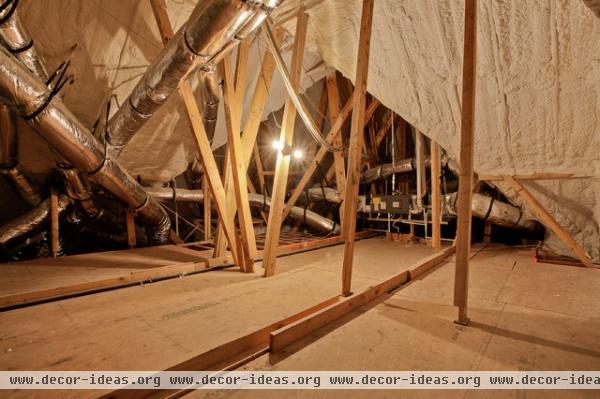
The basics. Foam and fiberglass are the most common forms of insulation today. Foam products no longer use damaging chlorofluorocarbons (CFCs), but they do use hydrochlorofluorocarbons (HCFCs) — better than CFCs but still damaging to the ozone layer.
Fiberglass manufacturing uses 20 to 25 percent recovered glass cullet, while mineral wool uses 75 percent recovered slag. However, both still have controversial health risks, so they need to be carefully and expertly handled.
Fiber insulation materials (like cellulose, fiberglass, mineral wool and cotton) tend to have a lower environmental impact than foam-plastic insulation materials, but they don't have as high a per-inch R-value (a measure of thermal resistance).
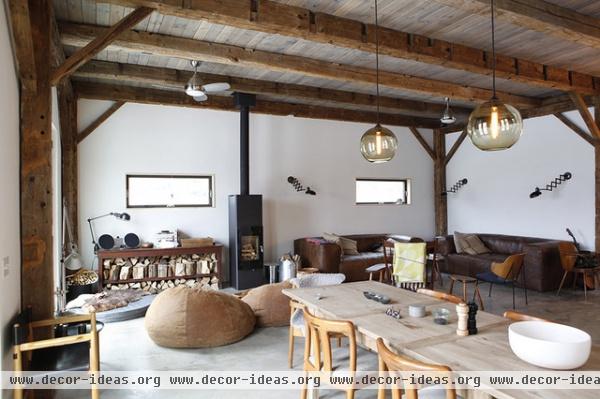
Considerations. Replacing your home's insulation with a more ecofriendly material is worthwhile only if it betters your home's energy performance. Do your research to make sure your home has the highest R-value for your specific conditions.
The fiberglass windows in this ecofriendly project were chosen for their extremely high R-value.
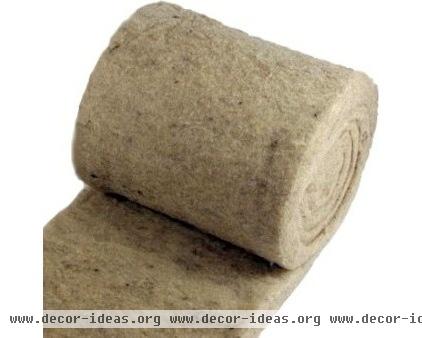
24-Inch SheepRoll Natural Wool Insulation Roll - $57.60 » Alternative Insulation Types
Wool. Natural, renewable and sustainable sheep's wool insulation requires a fraction of the energy to produce compared to its engineered counterparts.
Unlike fiberglass, wool is safe to handle and easy to install. Since wool fibers are breathable, they can absorb and release moisture without reducing thermal performance, unlike fiberglass. Wool has an R-value of approximately 3.5 to 3.8 per inch of material thickness (about 0.3 to 0.6 points higher than most fiberglass insulation).
Bonus: Sheep's wool is noncombustible, meaning it can help slow the progress of a fire in a home.
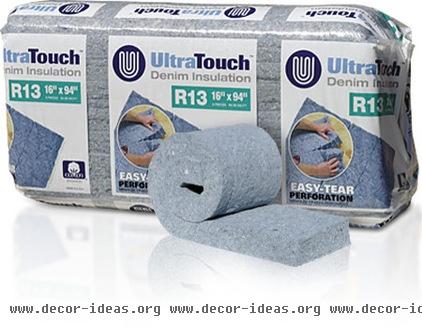
UltraTouch Denim Insulation » Cotton. Many forms of cotton insulation today are made with recycled blue jeans. Unlike fiberglass, this type of insulation is formaldehyde free. And according to Build It Green, it offers the same insulation performance as fiberglass.
Like wool, cotton insulation is much safer to handle than fiberglass and offers superior acoustic qualities too. The downside is that it costs about twice as much as fiberglass. However, its sturdiness and long life could make it worth the cost.
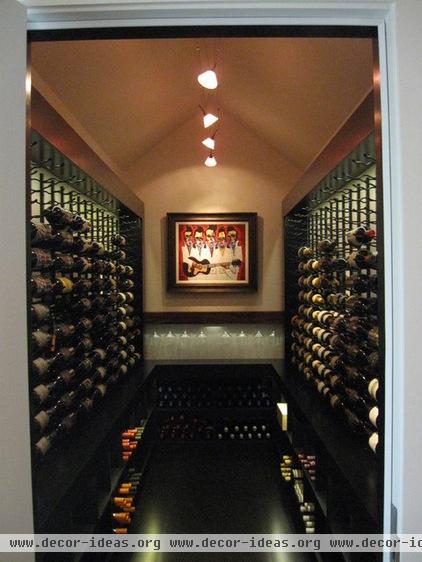
Cork. Most of us are familiar with cork on floors and walls, but did you know this flexible material can be used for insulation, too? Cork granules are sold in bags, which makes them great for awkward gaps or odd joist spacing. Since they're loose and not packed tight, the granules tend not to be the best choice for drafty spaces, where they can blow around.
A cellar is a great spot for cork insulation. This particular wine storage cellar has cork flooring to help with climate control.
Discover the Unstoppable Advantages of Cork for the Home
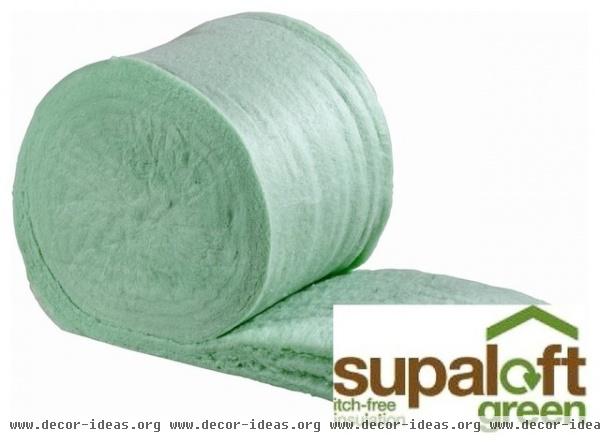
Supaloft Green Recycled Polyester Insulation » Recycled plastic. Plastic bottles now can help reduce our energy bills. Supaloft Green is an itch-free sustainable insulation quilt; 90 percent of it is made of recycled plastic bottles. This product is manufactured in the United Kingdom, but there may be a similar product or local supplier near you.
A Hard Look at Recycled Plastic for the Home

Living roof. While it's not yet a replacement for all traditional forms of insulation, a living roof can reduce indoor sound by up to 40 decibels. It can reduce indoor summer temperatures by 6 to 8 percent, cutting down on air conditioning costs.
It offers no insulation benefits in wet weather, but the vegetation helps trap blowing snow for insulation benefits. It also protects your roof, extending its life expectancy. Plus, it's much better to look at than asphalt!
Related Articles Recommended












